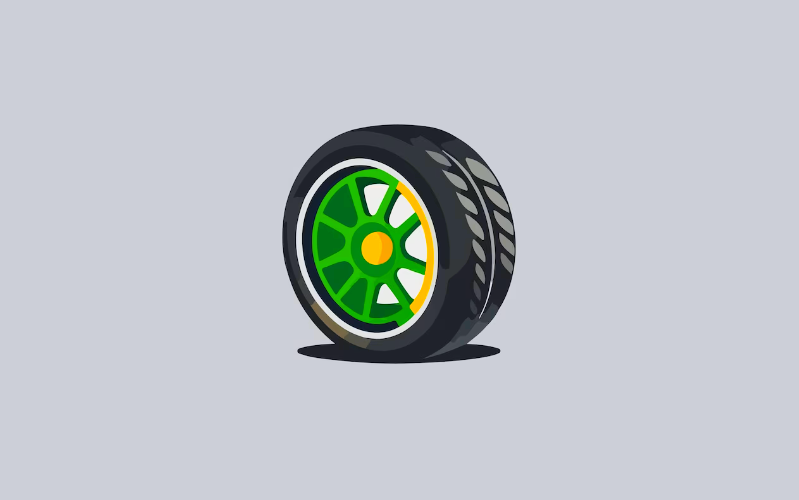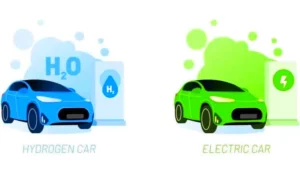How are Rubber Car Wheels Created ? The first car wheels were created in the late 19th century, during the early development of automobiles. The exact date and inventor of the first car wheel are not definitively recorded due to the collaborative and evolutionary nature of early automotive engineering.
However, as automobiles began to emerge in the late 19th century, wheels were initially adapted from existing carriage and wagon wheel designs. These early wheels were typically made of wood with metal rims for added strength and durability.

-
How are Rubber Car Wheels Created ?
Rubber car wheels, also known as tires, are manufactured through a specialized process that involves several steps. Here’s an overview of how rubber car wheels are created:
-
Compound Mixing: The process begins with mixing various types of rubber compounds along with other materials such as carbon black, silica, Sulfur, and chemicals. These compounds are mixed in large mixers to create the rubber compound with specific properties like durability, traction, and resistance to heat and wear.
- Tire Building: Once the rubber compound is ready, it is shaped into the basic form of a tire through a process called tire building. This involves layering the rubber compound over a drum-shaped form called a tire-building drum. Different layers of rubber, fabric, and steel belts are added according to the tire’s design specifications.
- Vulcanization: After the tire is built, it undergoes vulcanization, a process where the tire is cured under heat and pressure. This process chemically bonds the rubber compounds together and strengthens the tire’s structure. The tire is placed in a mold and heated to the appropriate temperature for a specific duration.
- Tread Pattern: During vulcanization, the tire’s tread pattern is imprinted onto the surface of the tire using the mold. The tread pattern plays a critical role in providing traction and handling on various road surfaces.
- Quality Control: Throughout the manufacturing process, quality control measures are implemented to ensure that the tires meet safety standards and performance requirements. Inspections are conducted for defects, tread depth, uniformity, and overall structural integrity.
- Finishing Touches: After vulcanization, the tires undergo additional finishing processes such as trimming excess rubber, inspecting for any surface imperfections, and applying any necessary markings or labels.
-
Testing: Before the tires are distributed for sale, they undergo rigorous testing to evaluate their performance characteristics, including durability, traction, rolling resistance, and braking capabilities. This testing helps ensure that the tires meet regulatory standards and perform reliably under various driving conditions.
Once manufactured, car wheels are mounted onto vehicles, where they play a crucial role in supporting the vehicle’s weight, providing traction, and enabling smooth movement on safety on the road..




